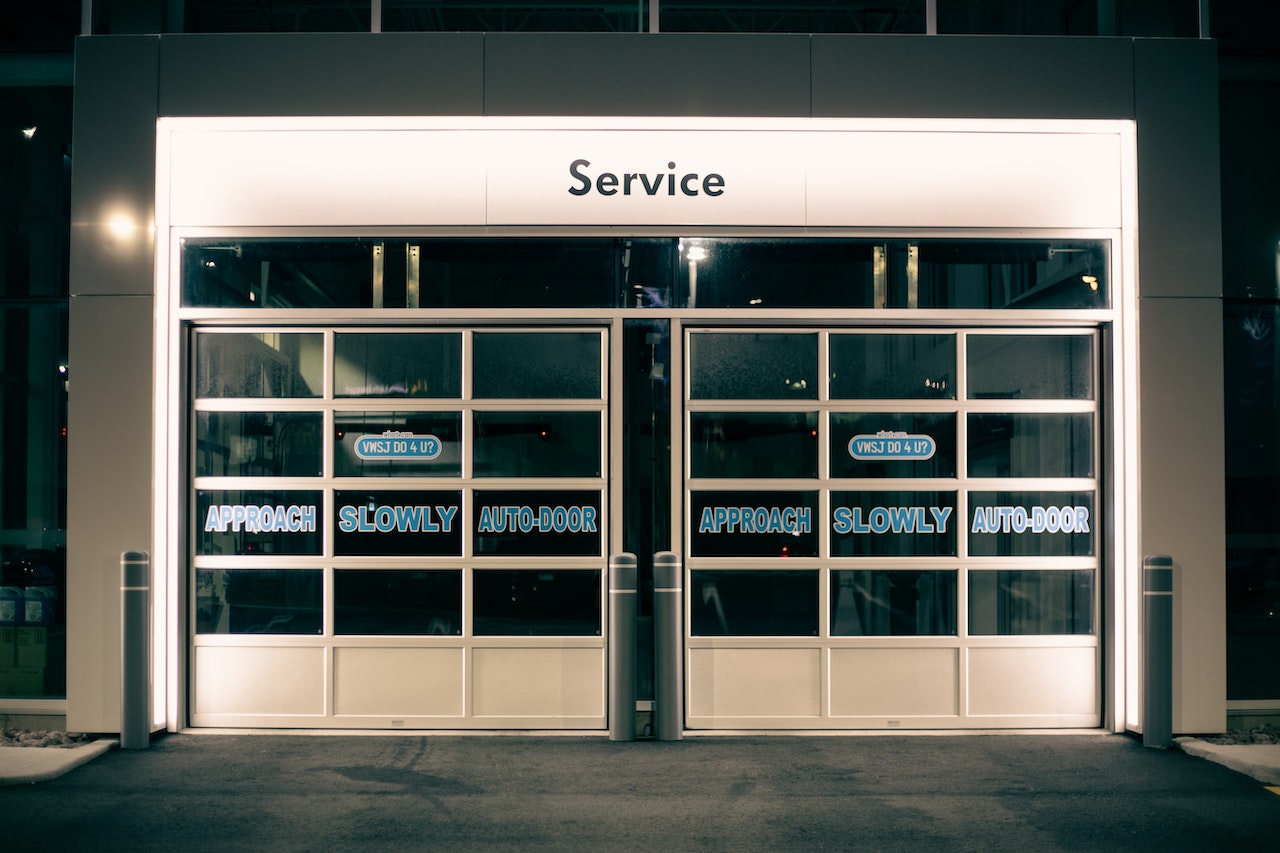Automatic doors provide a high-end customer experience in addition to security and energy efficiency. They also ensure compliance with ADA standards.
Post-pandemic consumers are more conscious of germs and look for hygienic options when visiting crowded spaces. Touchless automatic door operators are ideal for this reason.
They can be triggered by weight, sound, or motion sensors. This prevents them from being accidentally left open and allows for smooth traffic flow.
Contents
Increased Security
In addition to their energy efficiency, automated door energy compliance provides heightened security in high-traffic areas. They are designed with motion sensors that trigger the door to open when someone approaches, which helps prevent unauthorized entry.
Additionally, they offer convenience for people with strollers, bags, or children. People with limited mobility can easily access businesses through automated doors, designed with touchless opening and closing options, making them compliant with the Disabilities Act.
Lastly, they are designed with directional impulse sensors to detect where people are moving and adjust the door’s opening times to match their pace. This helps reduce unnecessary door opening, further reducing energy consumption and improving air conditioning efficiency in the building.
Convenience
If you’re a business owner in an area with high foot traffic, automatic doors can help reduce the time people take to enter and exit. Using sensor technology, they can open when someone approaches the door, preventing a backup of customers and ensuring that a consistent stream of people enters the building at any given moment.
Additionally, touchless automatic doors are more hygienic than manual doors. Post-pandemic, consumers are more aware of germs and seek clean options, particularly in crowded retail spaces. Touchless automatic doors eliminate the need for customers to use a handle, making them ideal for healthcare facilities and food processing plants where hygiene is of top concern.
Finally, automatic doors help to save energy by reducing the amount of indoor air that escapes from buildings. This allows systems that control indoor climates to run more efficiently, resulting in cost savings for businesses and building owners.
Reduced Energy Consumption
Automatic doors are designed to regulate air exchange, keeping warm and cool air in when needed and minimizing energy loss. This lowers a building’s energy bills and helps meet sustainability goals.
Unlike full swing or sliding doors, which are often opened and left open to accommodate a wide range of traffic flows (from people who use wheelchairs, parents with strollers, and shoppers with trolleys), revolving automatic door systems detect the motion of passers-by, opening them only when it is safe and appropriate. This minimizes energy consumption and avoids accidental closures.
Some types of automatic doors are even available in a touchless option to reduce the spread of germs in crowded public spaces, an especially important feature post-pandemic. This helps create a more hygienic environment in restaurants, healthcare facilities, and retail stores.
Reduced Maintenance Costs
Using sensors to detect movement, automatic doors only open when someone is present and close promptly afterward. This helps maintain a consistent indoor temperature, cutting energy costs and making them an excellent option for airports, hotels, and retail centers with high foot traffic.
Hands-free options also offer a solution for healthcare facilities and food factories where hygiene is essential. In addition, they help people with disabilities enter a building, providing them with the independence and confidence to visit establishments without assistance.
Many automated door operators can be switched to low-energy settings, allowing businesses to save money on their energy bills without needing costly new automation. To help with this, some are launching an energy calculator for automatic doors that compares energy consumption and cost solutions.
Increased Customer Satisfaction
Unlike manual doors, which can require substantial amounts of force to open and close, low-energy automatic doors are designed for ergonomic use. They are also quieter than other doors, which can increase customer satisfaction in high-traffic businesses.
In addition, they offer a range of convenient features that make them ideal for retail spaces where customers often have their hands total or are carrying children and shopping bags. They are also hygienic, preventing street debris like cigarette butts and trash from being blown or tracked inside.
Additionally, they can convey a sense of efficiency and accessibility, particularly for people with disabilities. This is important since a recent study found that 37 percent of doors at large universities were defective in one way or another.



